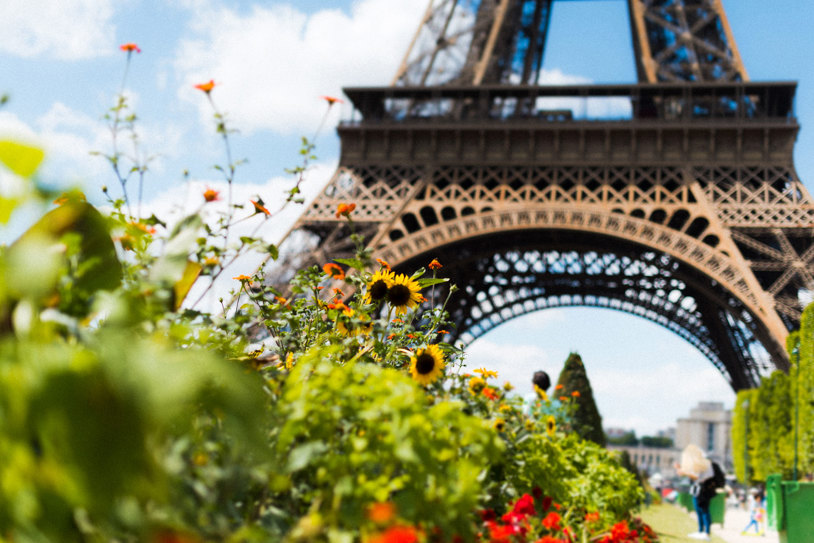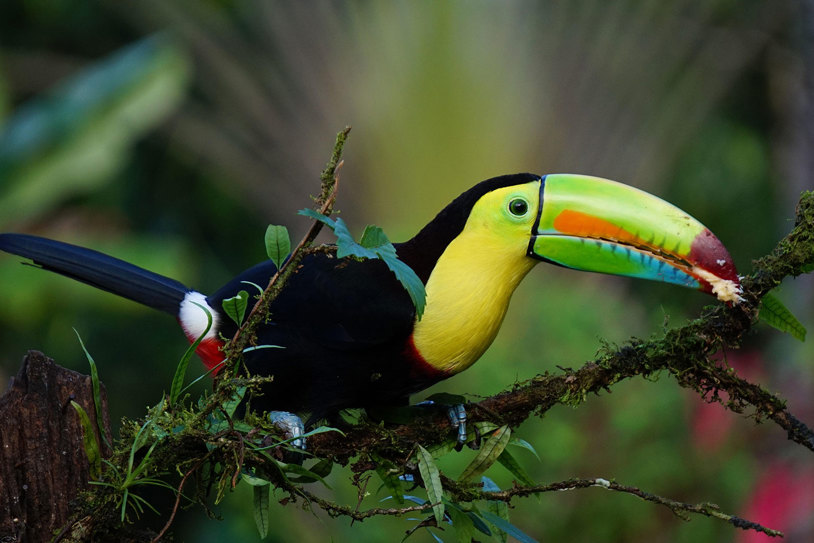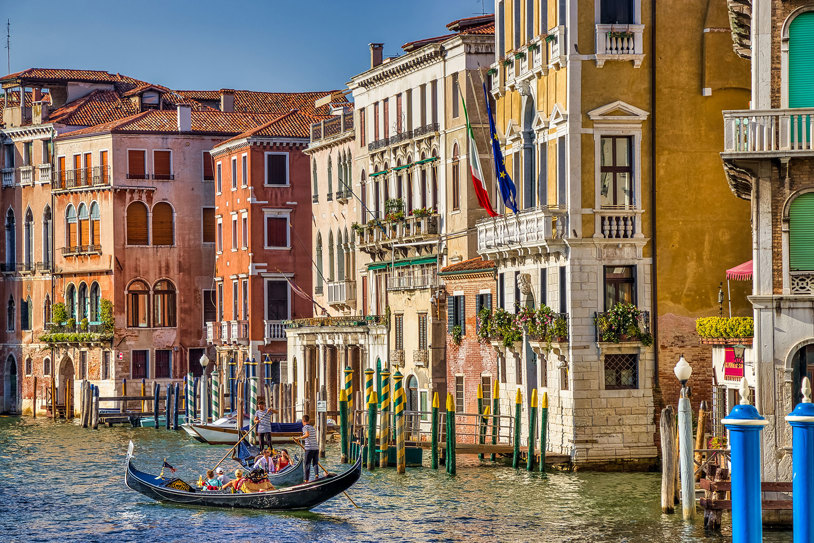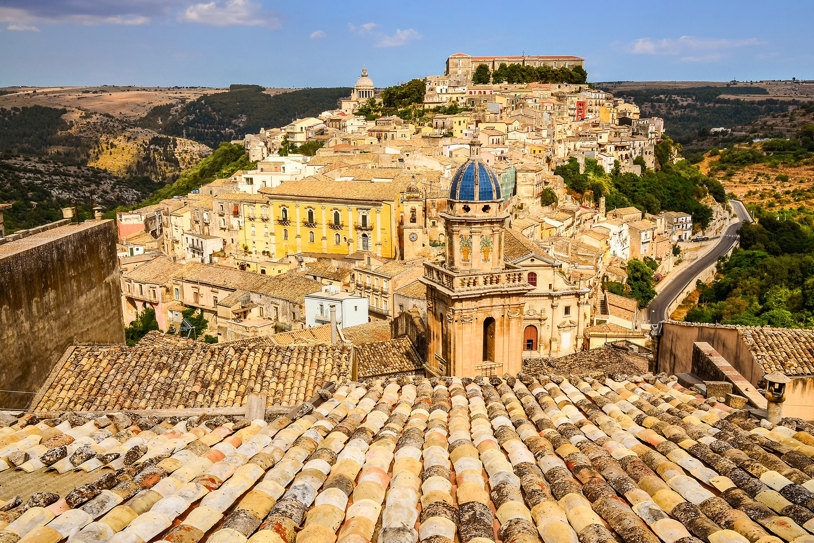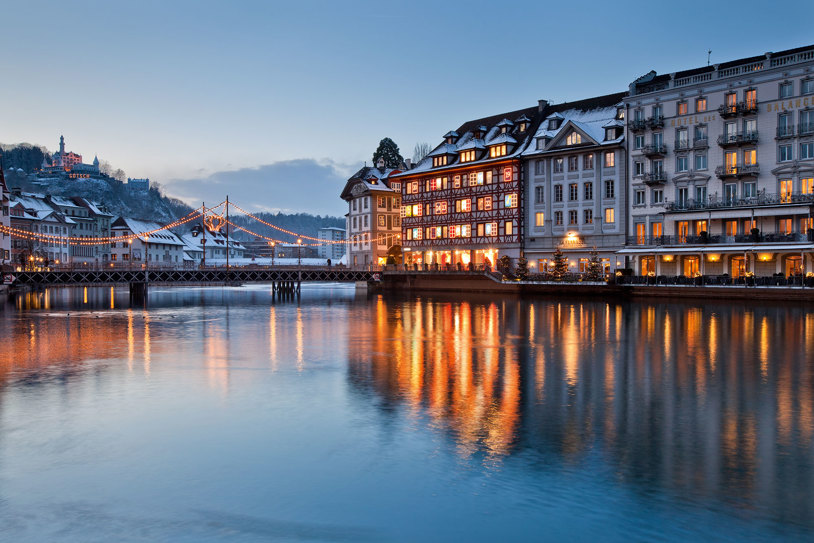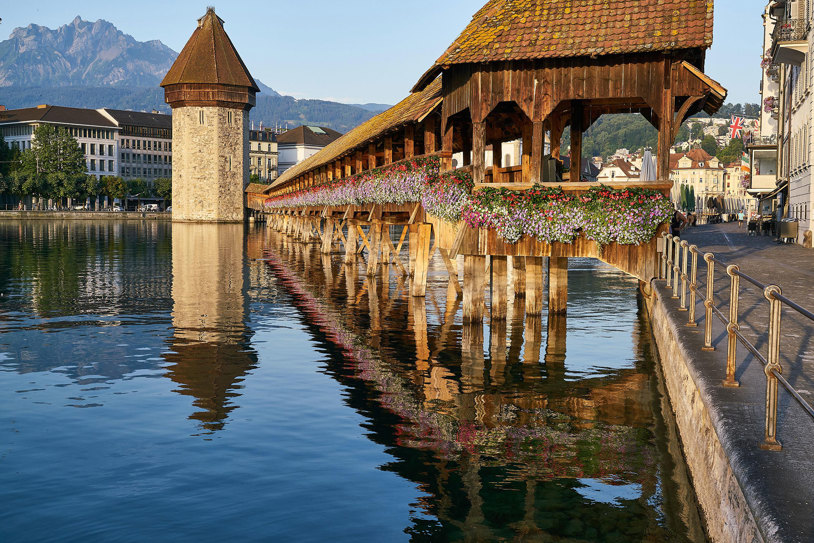A Brief World History
of Chocolate
of Chocolate
A Delicious Journey:
Origins, Innovation & Modern Craft
Origins, Innovation & Modern Craft

Chocolate’s history is one of transformation. What began as a sacred beverage in ancient Mesoamerica has become a global symbol of craftsmanship and pleasure. Across more than three thousand years, cacao has connected people through ritual, innovation, and artistry. The journey of chocolate reflects human creativity and cultural exchange from the earliest civilizations to modern artisan makers such as Sibö Chocolate in Costa Rica.

Ancient Origins of Chocolate
Cacao in Mesoamerica
The story of chocolate begins in the tropical lowlands of Central America, where the Olmecs first cultivated cacao around 1500 BCE. The Maya and Aztecs later refined its use, transforming cacao beans into a spiced drink called xocoatl. This beverage, often mixed with chili and maize, was consumed during religious rituals and royal ceremonies. To these early civilizations, cacao represented life, fertility, and power. Cacao beans were even used as currency, making them both sacred and practical.
Chocolate as a Sacred Drink
The Maya believed that cacao was a gift from the gods. It was served during weddings and sacred offerings and featured in early depictions of their creation stories. The Aztecs adopted the same reverence for cacao and believed it brought energy and wisdom. Their emperor, Moctezuma II, reportedly consumed it daily from golden cups.
Chocolate’s Journey to Europe
The 1500s: Spain Discovers Cacao
Spanish explorers were the first Europeans to encounter cacao in the early 1500s. When they brought it back to Spain, the bitter drink was sweetened with sugar and flavored with cinnamon and vanilla. The new beverage quickly became a status symbol among the Spanish elite and was guarded as a luxury for decades before spreading across the rest of Europe.
The 1600s and 1700s: A European Craze
By the 17th century, chocolate had become a fashionable indulgence across France, Italy, and England. In 1657, the first public chocolate house opened in London, offering an elegant space for conversation and leisure. Throughout the 18th century, chocolate became associated with refinement, artistry, and social sophistication.
Chocolate’s Popularity Spreads Across Europe
From Spain, chocolate began its journey across Europe, captivating the palates of other nations. In the early 17th century, the Spanish nobility introduced chocolate to the French court through the marriage of Anne of Austria to King Louis XIII. The aristocracy of France quickly embraced chocolate, and it became a fashionable indulgence among the elite. The French further refined the preparation of chocolate, incorporating it into pastries and desserts, and establishing the first chocolate houses where people could gather and enjoy the decadent drink.
As chocolate continued to spread, other European countries like Italy, the Netherlands, and England also developed a taste for this luxurious treat. In Italy, chocolate became a favorite of the aristocracy and clergy, with recipes often guarded as family secrets. The Dutch, known for their trading prowess, played a crucial role in the chocolate trade, bringing cacao beans from their colonies to Europe. They also pioneered new methods of processing cacao, which improved the quality and consistency of the final product.
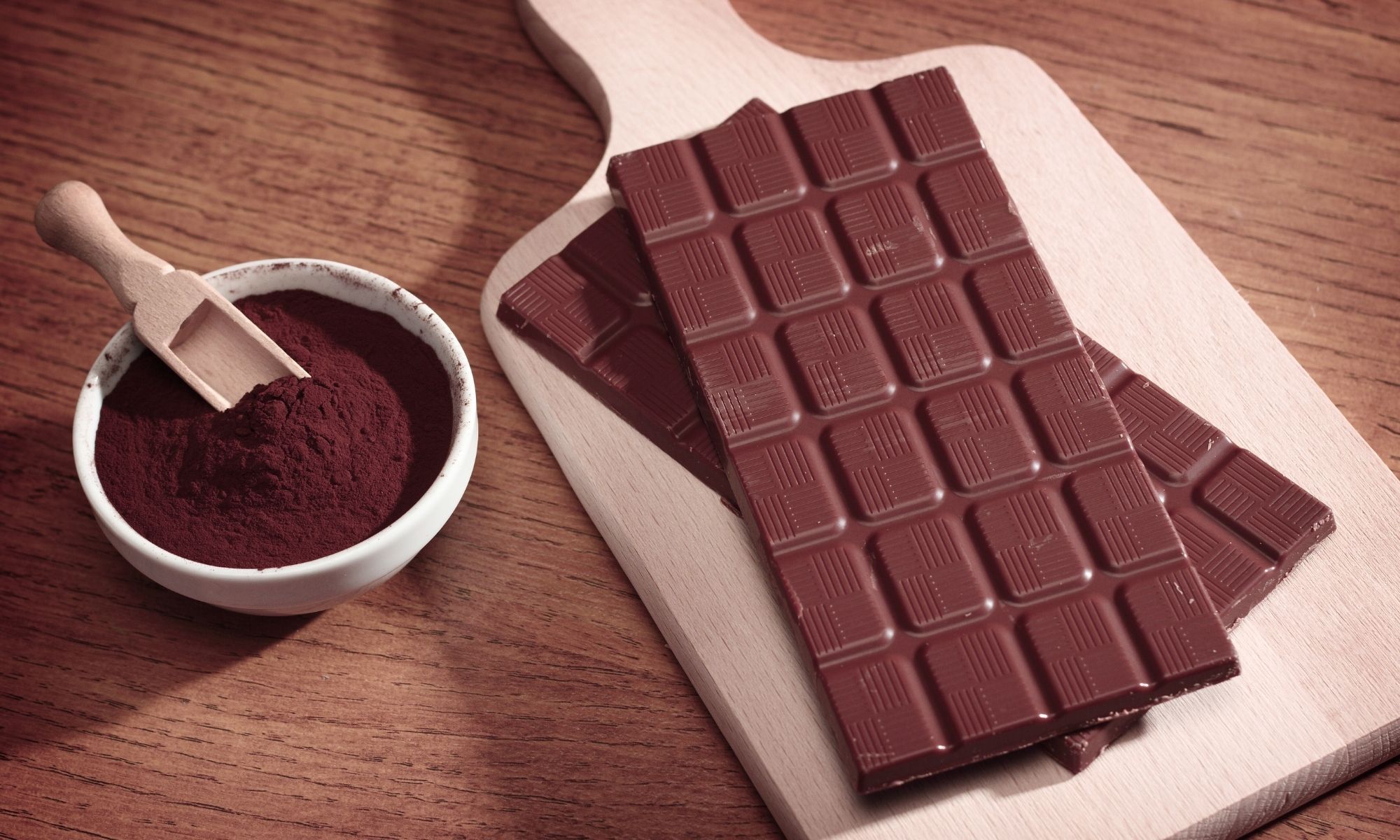
The Industrial Revolution and the Birth of the Chocolate Bar
The 1800s: Innovation Changes Everything
The 19th century marked a new era for chocolate.
- In 1828, Dutch chemist Coenraad van Houten developed the cocoa press, which separated cocoa butter from cocoa solids. This invention made chocolate smoother and easier to mix, paving the way for mass production.
- In 1847, English chocolatier Joseph Fry created the first solid chocolate bar by combining cocoa butter, sugar, and cocoa powder.
- In 1875, Daniel Peter of Switzerland worked with Henri Nestlé to produce the first milk chocolate.
- In 1879, Rodolphe Lindt introduced the conching process, creating the silky texture that defines fine chocolate today.
These innovations transformed chocolate from a ceremonial drink into a treat enjoyed around the world.
The 1900s: Chocolate Becomes a Global Delight
By the 20th century, chocolate had become a universal pleasure. European brands like Lindt, Nestlé, and Cadbury refined recipes and expanded distribution. Chocolate was no longer a rare luxury but a beloved part of everyday life, shared during celebrations and enjoyed in every corner of the globe.
Timeline: Chocolate’s Journey Around the World
| Period | Milestone | Region / Culture | Significance |
|---|---|---|---|
| ~1500 BCE | First cultivation of cacao trees | Olmec civilization, Mesoamerica | The earliest evidence of cacao use. The Olmecs ground roasted beans for ceremonial beverages, beginning chocolate’s long cultural journey. |
| 250–900 CE | Cacao becomes a sacred drink | Maya civilization | The Maya prepared xocoatl, a frothy, spiced drink used in rituals and celebrations. Cacao was considered a gift from the gods. |
| 1300–1500 CE | Cacao as currency and royal drink | Aztec Empire | The Aztecs used cacao beans as currency and tribute. Emperor Moctezuma II consumed cacao daily, believing it brought strength and wisdom. |
| Early 1500s | Chocolate reaches Europe | Spain | Spanish explorers bring cacao from the Americas to Europe. Sugar and cinnamon are added, creating the first sweetened chocolate drink. |
| 1600s | Chocolate becomes fashionable | France, Italy, England | Chocolate spreads through European courts and chocolate houses open in major cities. It becomes a symbol of sophistication and luxury. |
| 1657 | First chocolate house opens | London, England | The “Coffee Mill and Tobacco Roll” serves chocolate to the public, marking the start of chocolate as a social and cultural experience. |
| 1828 | Invention of the cocoa press | Netherlands | Chemist Coenraad van Houten develops a press that separates cocoa butter from solids, improving texture and affordability. |
| 1847 | Creation of the first chocolate bar | England | Joseph Fry produces a moldable bar using cocoa butter, cocoa powder, and sugar, transforming chocolate from drink to solid treat. |
| 1875 | Milk chocolate invented | Switzerland | Daniel Peter collaborates with Henri Nestlé to combine cocoa with condensed milk, creating the world’s first milk chocolate. |
| 1879 | Conching process introduced | Switzerland | Rodolphe Lindt develops a technique that smooths chocolate’s texture, defining the flavor and quality of modern chocolate. |
| 1900s | Chocolate becomes global | Europe and North America | Mass production and international brands make chocolate widely available, turning it into a universal pleasure. |
| 2000s–Present | Return to artisan and ethical production | Worldwide, notably Costa Rica | Makers like Sibö Chocolate lead a bean-to-bar movement that emphasizes sustainability, fair trade, and connection to cacao’s origins. |
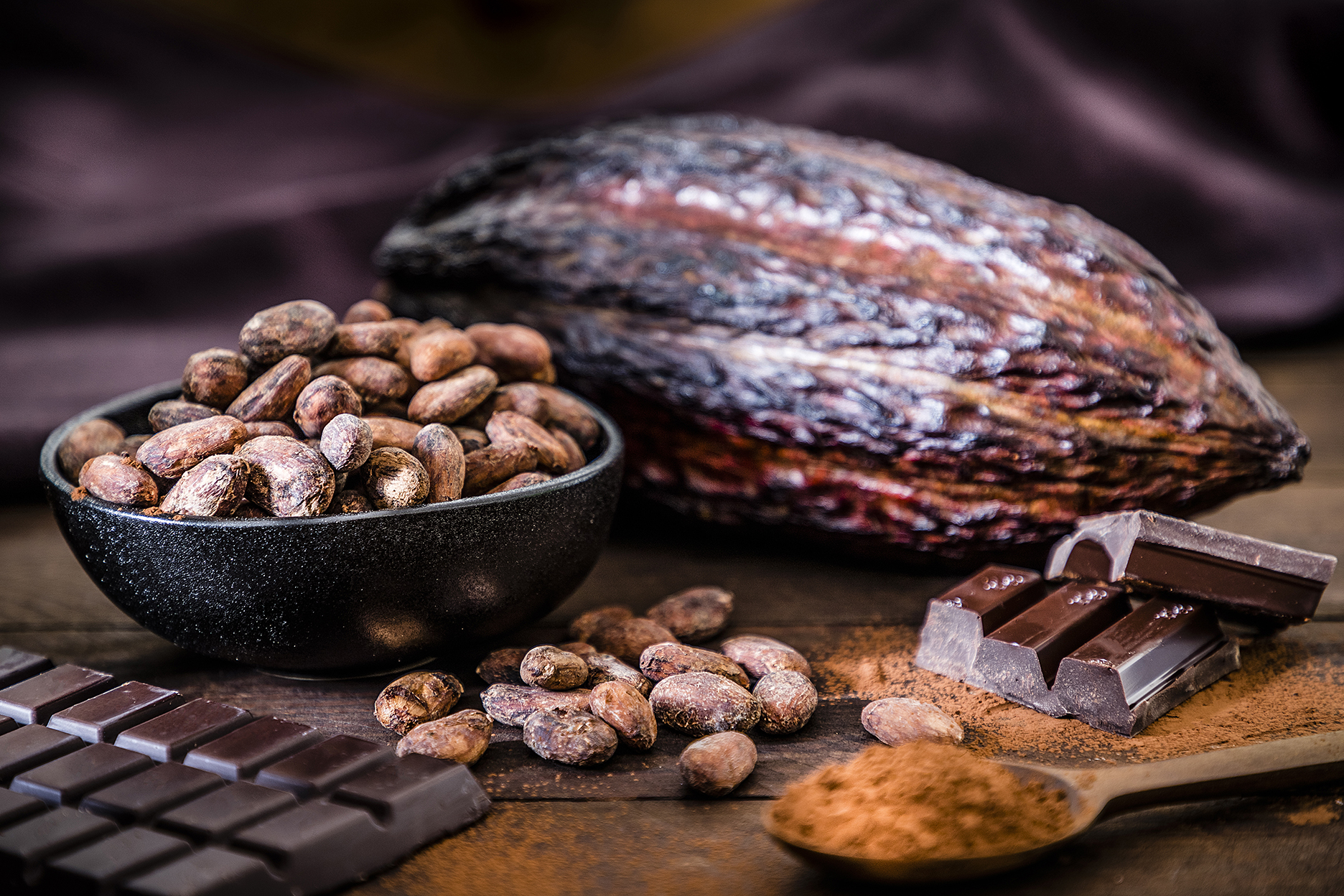
The Modern Era: A Return to Craft
The 2000s: Bean to Bar and Ethical Chocolate
In the 21st century, chocolate has entered a new era of craftsmanship. After decades of industrial production, a global movement emerged to reconnect chocolate with its origins. Small-scale makers began focusing on quality over quantity, championing transparency, fair trade, and respect for the farmers who cultivate cacao.
This “bean-to-bar” philosophy emphasizes every stage of the process, from harvesting and fermenting the cacao to refining, tempering, and molding the finished chocolate. The result is a product that reflects the flavor and character of the regions where cacao grows.
Across the world, artisans are reviving ancient traditions and experimenting with new techniques that highlight chocolate’s natural complexity. In Costa Rica, Sibö Chocolate stands as one of the leaders in this global return to craftsmanship, blending ethical practices with culinary innovation to honor chocolate’s deep cultural heritage.
A World Connected by Chocolate
From the cobbled streets of Brussels to the tropical hills of Costa Rica, the world’s love affair with chocolate spans continents and cultures. Europe remains at the heart of this legacy, where countries like Switzerland, Belgium, and France have elevated chocolate-making to an art form. In Switzerland, travelers can visit historic factories such as Maison Cailler and Lindt, watching expert chocolatiers craft confections by hand. Belgium invites visitors to stroll through Brussels and Bruges, sampling delicate pralines from master artisans whose recipes have been perfected over generations. In France, events like the Salon du Chocolat in Paris celebrate the artistry and innovation of the world’s finest makers.
Beyond Europe, the story of chocolate returns to its tropical origins. In Costa Rica, travelers can explore cacao plantations nestled in the rainforest and experience chocolate’s journey from bean to bar. Workshops and tastings reveal the care, culture, and craftsmanship behind every piece, offering a deeper appreciation for this global delicacy.
Chocolate Travel: Exploring the World Through Chocolate
The fascination with chocolate has also spurred a niche form of tourism known as "chocolate tourism" or "chocolate travel." Enthusiasts, or "chocoholics," travel the world seeking to explore the rich history, diverse flavors, and production methods of chocolate. Several destinations have become famous for their chocolate-related attractions, offering visitors unique experiences that go beyond mere consumption.
Global Chocolate Capitals to Explore
Switzerland, Belgium, and France are some of the top destinations for chocolate lovers. In Switzerland, travelers can visit renowned chocolate factories like Maison Cailler and Lindt, where they can witness the chocolate-making process and taste freshly made chocolates.
Belgium, known for its exquisite pralines, offers chocolate walking tours in cities like Brussels and Bruges, where visitors can sample creations from some of the world’s best chocolatiers.
In France, the Salon du Chocolat in Paris is an annual event that attracts chocolate aficionados from around the globe, featuring exhibitions, tastings, and demonstrations by master chocolatiers.
Beyond Europe, countries in Central America, such Costa Rica, offer tours of cacao plantations, where visitors can learn about the cultivation and harvesting of cacao beans. These tours often include hands-on workshops where participants can make their own chocolate from scratch, providing a deeper appreciation of the effort and craftsmanship involved in chocolate production.

Spain: The European Gateway of Chocolate
Spain holds a special place in chocolate history as Europe’s first connection to cacao. When Spanish explorers returned from the Americas in the early 1500s, they brought cacao beans to the royal court. There, sugar, cinnamon, and vanilla were added to temper the bitterness, transforming cacao into a sweet, luxurious drink reserved for the Spanish elite.
For nearly a century, Spain guarded its chocolate recipes as a closely held secret before the treat spread across the continent. The Spanish city of Zaragoza became an early center of chocolate-making, and even today, Spain’s chocolate culture thrives in regions like Catalonia, where artisans continue to produce fine bars and drinking chocolate with a deep respect for tradition.
Modern Spanish chocolatiers blend history with innovation, creating rich, thick drinking chocolate enjoyed with churros or reimagined in contemporary desserts. Spain’s role as chocolate’s first European home remains a defining part of its cultural and culinary identity.
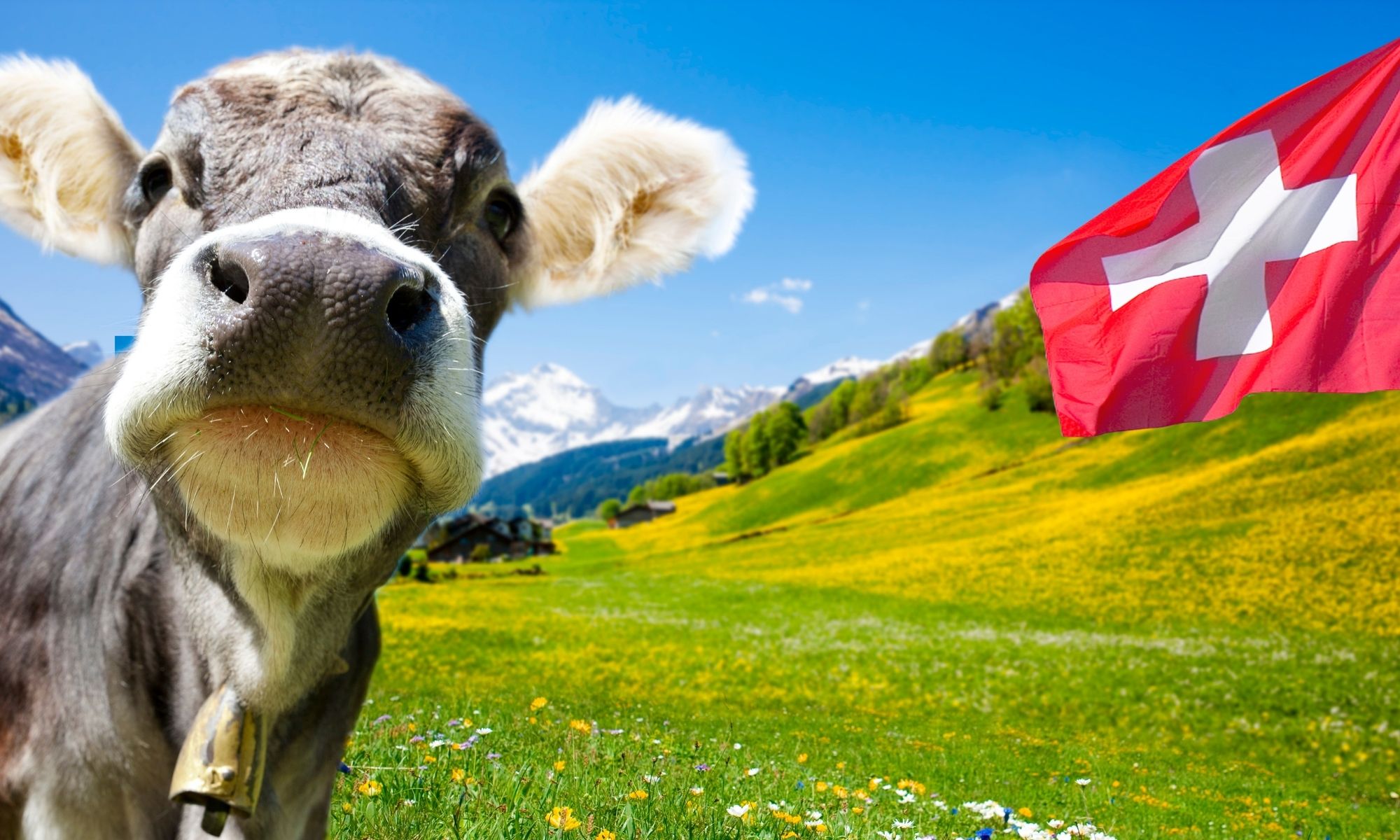
Switzerland: The Heart of Chocolate Innovation
Switzerland’s association with chocolate is legendary. The country’s focus on precision, innovation, and quality has made Swiss chocolate a global benchmark for excellence. Brands such as Lindt, Toblerone, and Nestlé have shaped the modern chocolate industry, combining centuries of tradition with scientific precision.
The Swiss story began in 1819 when François-Louis Cailler opened one of Switzerland’s first chocolate factories. His innovations in production paved the way for other pioneers. In 1875, Daniel Peter created the first milk chocolate by blending cocoa with condensed milk developed by his neighbor, Henri Nestlé. Just a few years later, Rodolphe Lindt introduced the conching process, which produced the velvety texture that defines fine chocolate today.
Swiss chocolate’s lasting reputation comes from meticulous sourcing and craftsmanship. Makers select premium cacao beans from trusted growers, often through sustainable and ethical partnerships. Combined with the richness of Swiss milk and generations of expertise, the result is chocolate known for its smooth texture and balanced sweetness.

France: The Artistry of Chocolate
In France, chocolate is both an indulgence and an art form. Introduced to the French court in the 17th century, chocolate quickly became a symbol of sophistication and pleasure. By the 18th century, Parisian chocolatiers were transforming it into refined confections, creating a culinary tradition that continues today.
Modern French houses such as La Maison du Chocolat and Valrhona emphasize purity of flavor and the artistry of presentation. Their creations balance elegance with intensity, often featuring single-origin cacao and intricate designs that highlight chocolate’s sensory depth. In France, every bite is meant to be savored, reflecting the nation’s enduring devotion to culinary excellence.
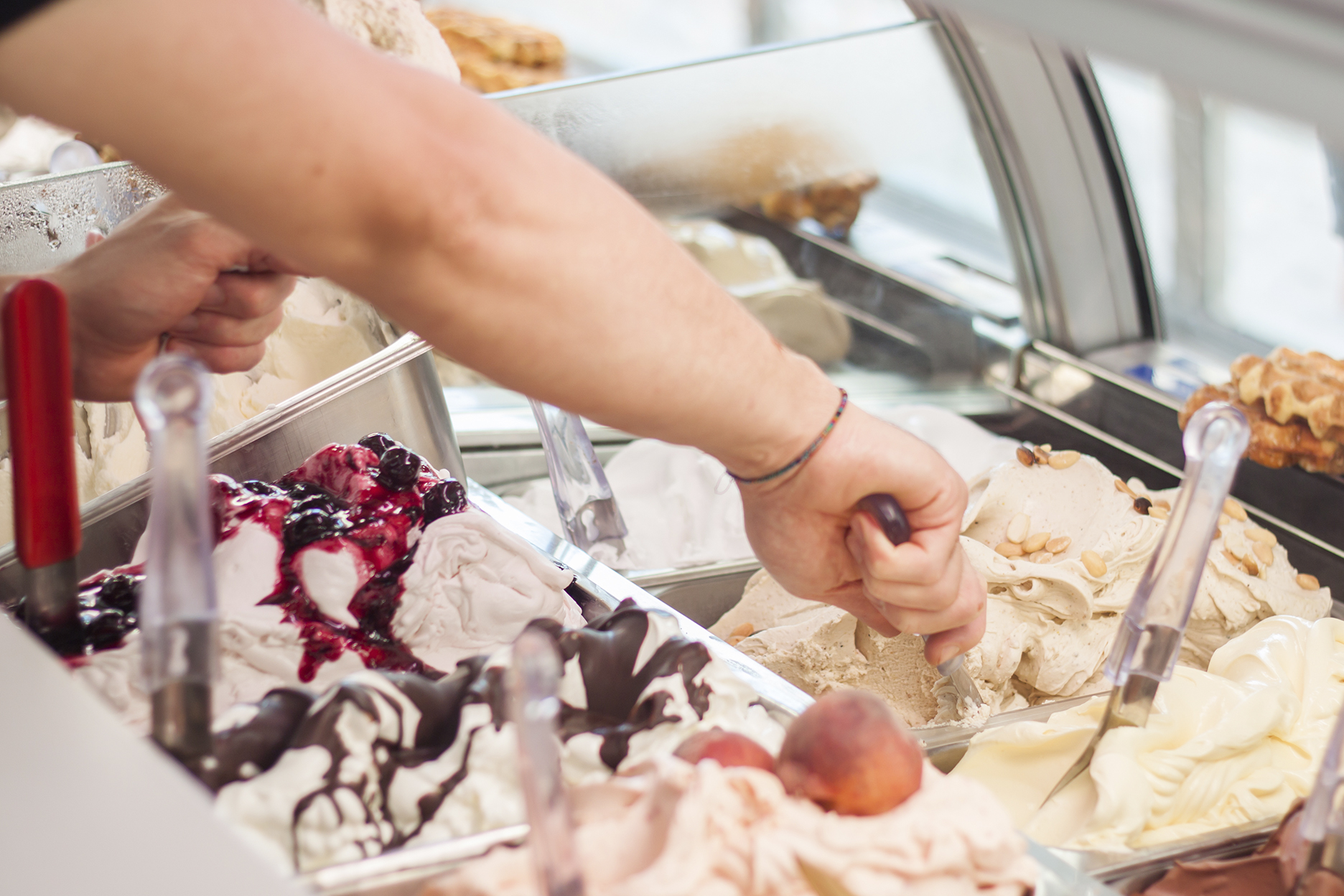
Italy: The Heritage of Cacao and Creativity
Italy’s relationship with chocolate is rich in history and imagination. The city of Turin became a chocolate hub in the 17th century, introducing one of Europe’s first solid forms of chocolate. Italian chocolatiers are known for blending bold flavors and local ingredients, resulting in signature creations such as gianduja, a smooth mix of hazelnut paste and chocolate.
Italian makers like Venchi and Amedei uphold this legacy by emphasizing purity and craftsmanship. Whether enjoyed as a bar, truffle, or spread, Italian chocolate reflects the country’s passion for artistry and taste.

Costa Rica: The Revival of Ethical Chocolate
In recent years, Costa Rica has emerged as one of the world’s most exciting chocolate destinations. With its fertile soil and tropical climate, the country is home to some of the finest cacao varieties on earth.
At the forefront of this movement is Sibö Chocolate, a Costa Rican bean-to-bar maker that combines sustainability with artistry. Founded by local chocolatiers, Sibö works directly with small-scale farmers who practice ethical and eco-conscious cultivation. Each bar is crafted from bean to bar, capturing the terroir and biodiversity of Costa Rican cacao. Sibö Chocolate’s work honors the region’s ancient cacao heritage while redefining chocolate for the modern era.
Costa Rica invites visitors to experience chocolate where it all began, among the lush rainforests where cacao still grows, connecting ancient roots to contemporary craft.
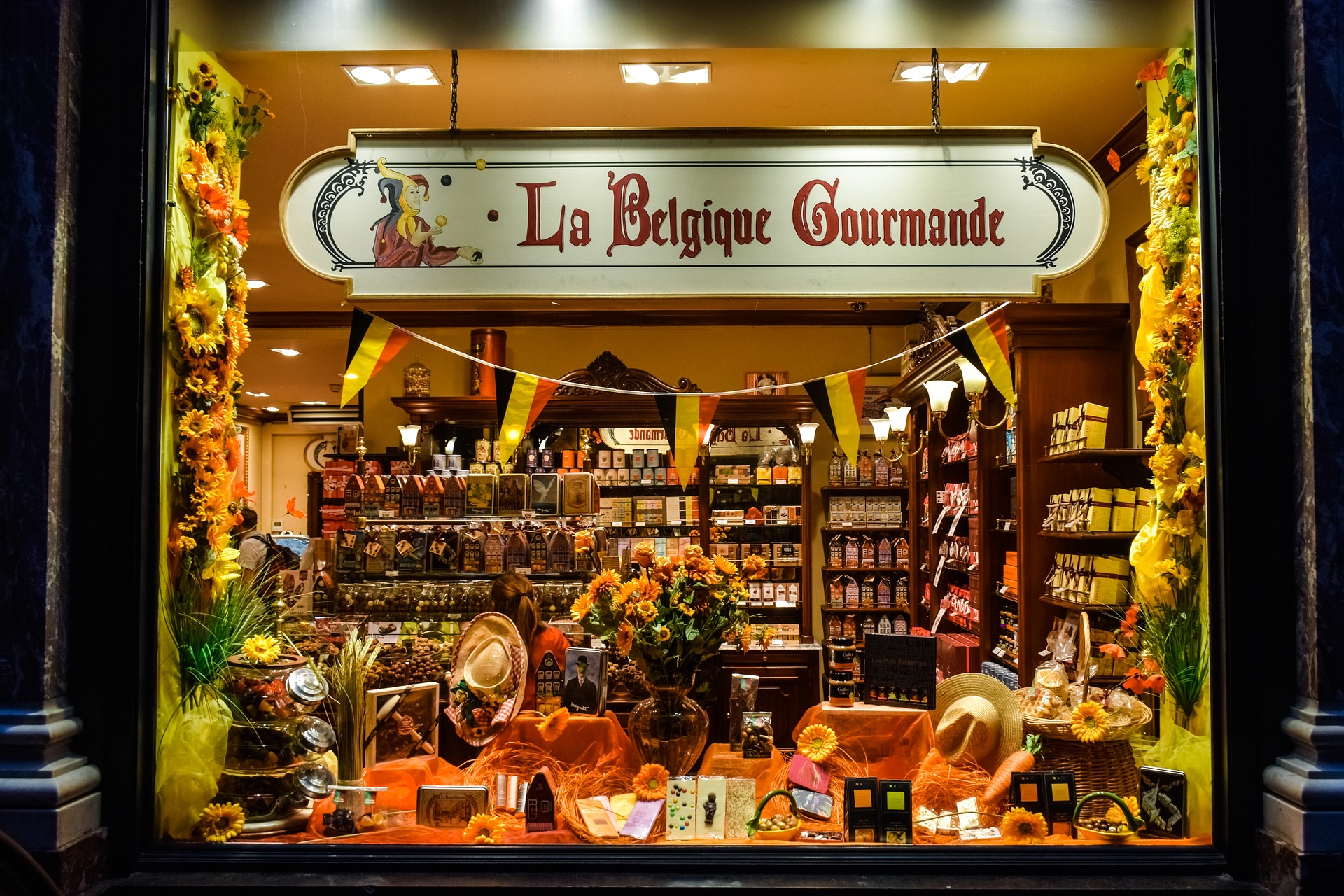
Belgium: The Legacy of Craftsmanship
Belgium has built a global reputation for mastery in chocolate-making. Belgian chocolatiers refined techniques for filled pralines and truffles, elevating chocolate into a luxurious experience. In 1912, Jean Neuhaus created the first filled praline, an innovation that remains central to Belgian confectionery today.
From Brussels to Bruges, Belgian chocolate boutiques line historic streets, inviting visitors to explore both tradition and creativity. Makers such as Neuhaus, Godiva, and Leonidas continue to combine classic recipes with modern experimentation, ensuring Belgium’s place among the world’s great chocolate destinations.

England: The Birthplace of the Chocolate Bar
England’s chocolate story is one of innovation, creativity, and enduring tradition. When cacao arrived in London during the 17th century, it was served as a fashionable beverage in the city’s earliest chocolate houses. These establishments quickly became social centers where writers, politicians, and thinkers gathered to exchange ideas over cups of rich, spiced chocolate. By 1657, London’s first chocolate house had opened, marking the beginning of England’s lasting relationship with this luxurious treat.
During the 19th century, England transformed chocolate into a form the world had never seen before. In 1847, Joseph Fry created the first solid chocolate bar by combining cocoa butter, cocoa powder, and sugar. This invention revolutionized how chocolate was made and consumed. Soon after, iconic makers such as Cadbury, Rowntree’s, and Fry’s popularized chocolate across Britain, introducing it to households everywhere and establishing traditions that continue today.
Modern England continues to celebrate both heritage and innovation. From historical exhibits to tasting experiences, England offers travelers the opportunity to discover how craftsmanship and imagination shaped the chocolate we know today.
Why Chocolate Matters Today
The journey of chocolate from its ancient origins to a global delicacy is marked by significant milestones in production and distribution. Today, chocolate is a global commodity, enjoyed in various forms by people all over the world. From ancient temples to contemporary tasting rooms, chocolate’s story continues to evolve. It is a symbol of cultural connection, trade, and creativity. Whether enjoyed as a simple square or as part of a gourmet experience, every bite tells a story that began thousands of years ago with a humble cacao pod. Understanding the history of chocolate reminds us that even small pleasures can carry centuries of meaning and craftsmanship.
The Globalization of Chocolate
This globalization has led to diverse chocolate products, reflecting different cultural tastes and preferences. From dark, milk, and white chocolate to filled chocolates, truffles, and artisanal bars, the variety is immense and continues to expand. This worldwide appeal is a testament to chocolate’s versatility and its ability to adapt to and integrate into different cultural contexts.
Modern technology and advanced transportation systems have also made it possible for cacao, primarily grown in tropical regions, to be processed and consumed in every corner of the globe. The establishment of global chocolate brands has further cemented chocolate's place in international markets, with companies like Mars, Ferrero, and Mondelez distributing their products worldwide.
The globalization of chocolate has not only diversified the ways it is enjoyed around the world but also created unique opportunities for cultural exploration and tourism. Whether it is tasting artisanal chocolates in Europe, touring cacao plantations in Latin America, or participating in chocolate festivals, traveling for chocolate also provides an opportunity to explore the broader cultural and historical contexts of chocolate in different regions. These experiences enrich the understanding and enjoyment of chocolate, making it more than just a sweet treat but a symbol of cultural exchange and historical significance.
Frequently Asked Questions & Sweet Facts About Chocolate
There are several days dedicated to celebrating chocolate, including World Chocolate Day on July 7th and National Chocolate Day in the United States on October 28th.
There are three main varieties of cocoa beans used to make chocolate: Criollo, Forastero, and Trinitario. Each variety has a distinct flavor profile and unique characteristics:
Criollo
- Origin: Criollo beans are native to Central and South America, particularly regions like Venezuela, Nicaragua, and Mexico.
- Flavor Profile: Criollo beans are known for their complex and delicate flavors, often described as having a rich, aromatic profile with hints of nuts, caramel, and subtle fruitiness. They are less bitter and less acidic compared to other varieties.
- Characteristics: These beans are considered the finest and rarest of the cocoa beans. They are more susceptible to diseases and have lower yields, making them more expensive and less commonly used in mass-produced chocolate. Criollo chocolate is often reserved for high-quality, premium products.
Forastero
- Origin: Forastero beans are native to the Amazon basin and are widely cultivated in West Africa, which is the largest cocoa-producing region in the world.
- Flavor Profile: Forastero beans have a robust and straightforward flavor, often described as strong and earthy with a slight bitterness. They lack the complexity of Criollo beans but provide a consistent and reliable taste.
- Characteristics: These beans are the most common and make up about 80-90% of the world's cocoa production. They are hardier and more resistant to diseases, making them the preferred choice for mass production. Forastero beans are the backbone of the chocolate industry and are used in a wide range of products.
Trinitario
- Origin: Trinitario beans are a hybrid of Criollo and Forastero beans, first developed on the island of Trinidad in the 18th century after a disease devastated the local Criollo crops.
- Flavor Profile: Trinitario beans combine the best qualities of both parent varieties. They offer a balance of the aromatic and complex flavors of Criollo with the hardiness and higher yield of Forastero. The flavor can be fruity, floral, and slightly nutty, with moderate acidity and bitterness.
- Characteristics: These beans are cultivated in various parts of the world, including the Caribbean, Central and South America, and some regions of Asia. Trinitario beans are prized for their quality and are used in both fine and premium chocolate products.
Understanding these varieties can enhance your appreciation of chocolate's diverse and rich flavors, and knowing the origin of the beans can add an extra layer of enjoyment to your chocolate-tasting experience.
Dark chocolate, in moderation, is known to have health benefits due to its high levels of antioxidants, which can improve heart health and brain function.
Chocolate has been consumed for over 3,000 years. Chocolate originated in ancient Mesoamerica, with the Olmecs, Maya, and Aztecs being among the first to cultivate and consume cacao. Maya and Aztec civilizations in Central America used cocoa beans to make a bitter drink called "xocoatl."
Yes! The Aztecs valued cocoa beans so highly that they used them as a form of currency.
The first solid chocolate bar was created in 1847 by Joseph Fry, who discovered that he could make moldable chocolate paste by adding melted cacao butter back into Dutch cocoa.
Spanish explorers brought chocolate to Europe in the early 16th century, where it eventually became a popular delicacy among the aristocracy.
The Industrial Revolution saw the invention of the cocoa press and the mass production of solid chocolate, making it more widely available.
Chocolate has influenced global cultures through its incorporation in art, literature, festivals, and culinary traditions.
You bet. During World War II, chocolate was included in soldiers' rations because it was high in calories and provided quick energy.
It takes about 400 cocoa beans to make one pound of chocolate.





